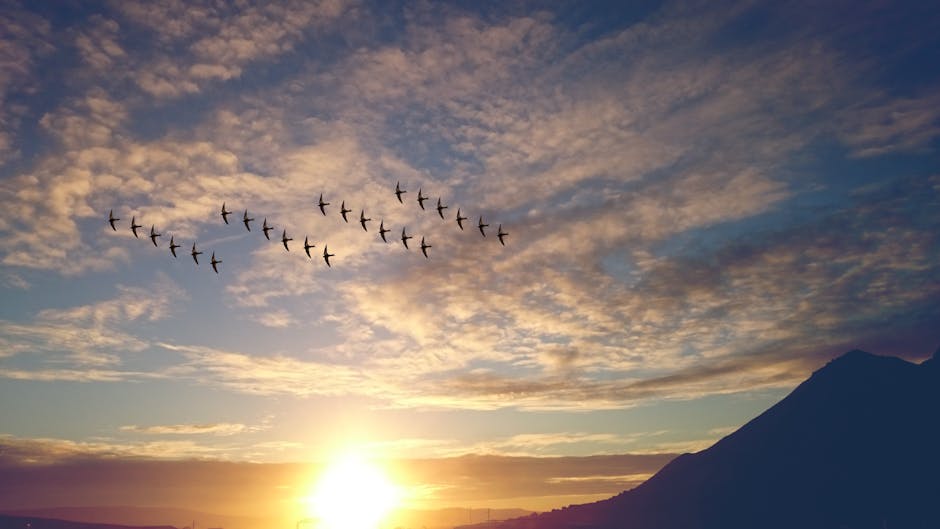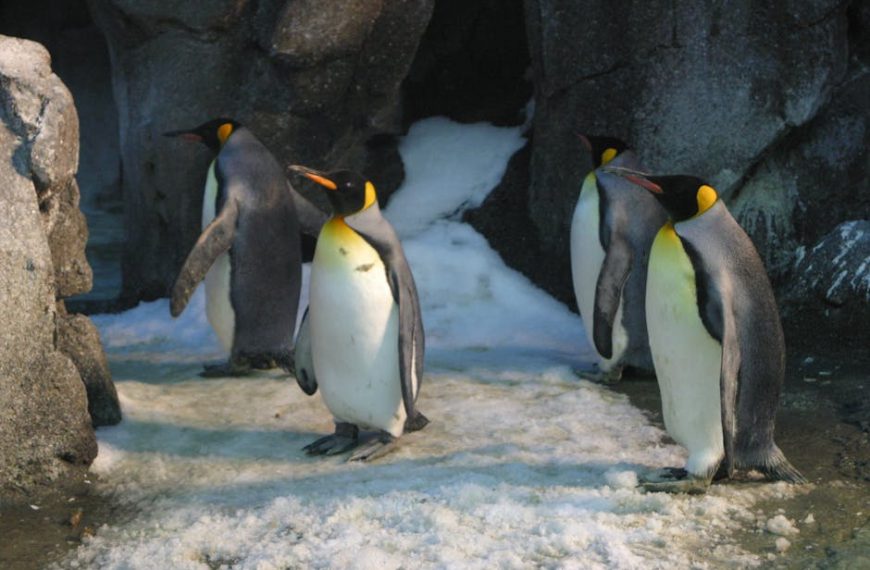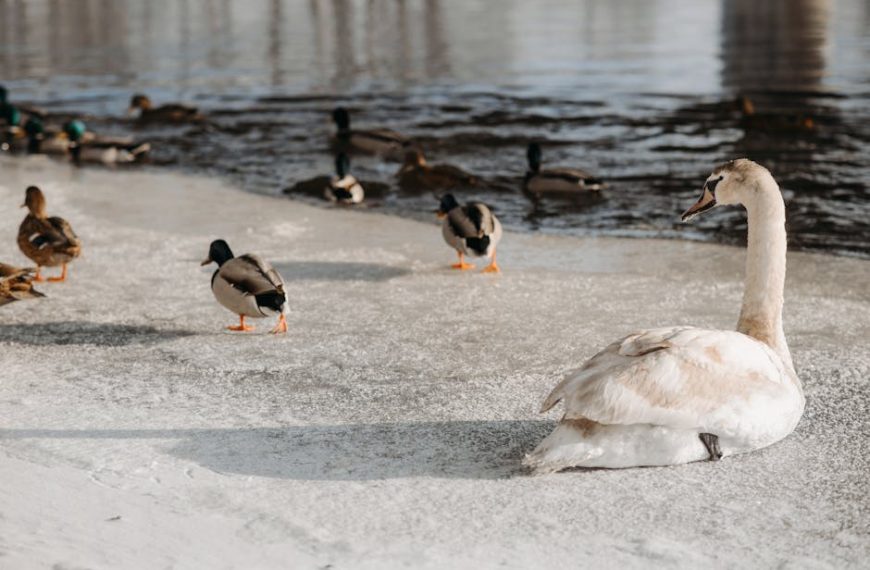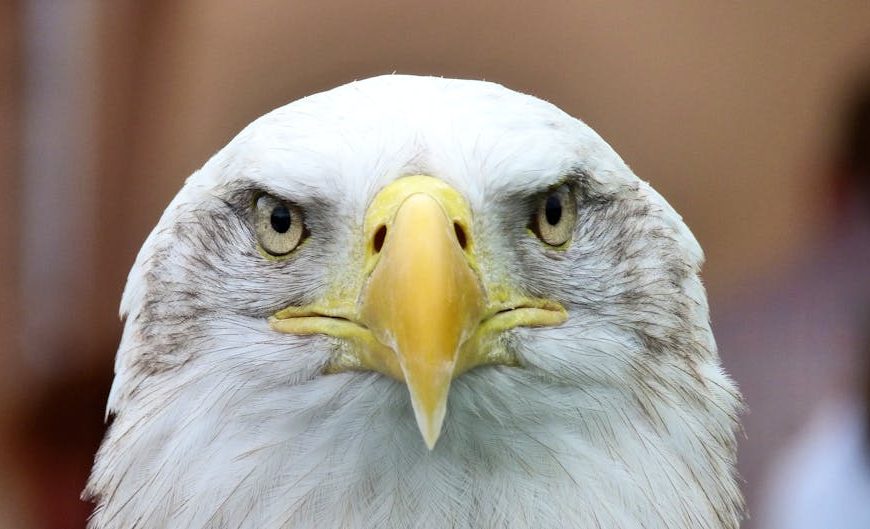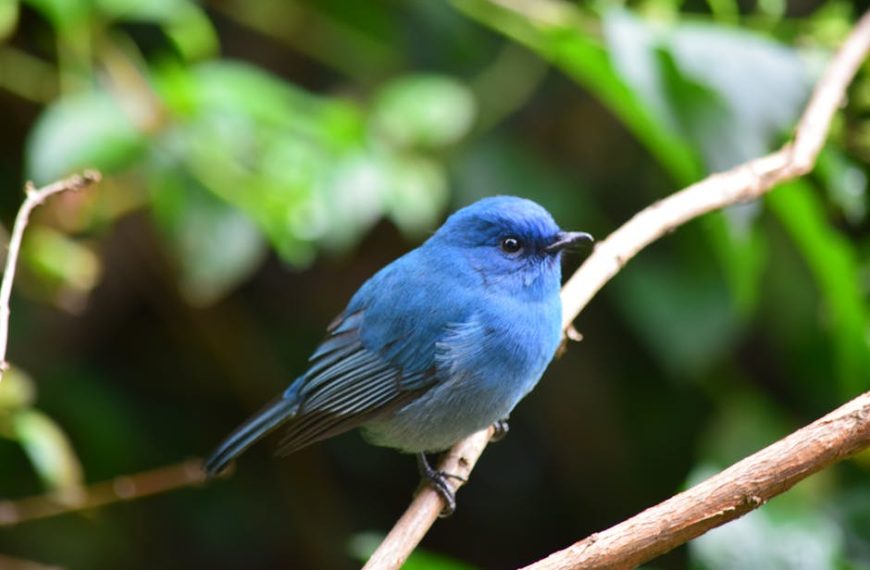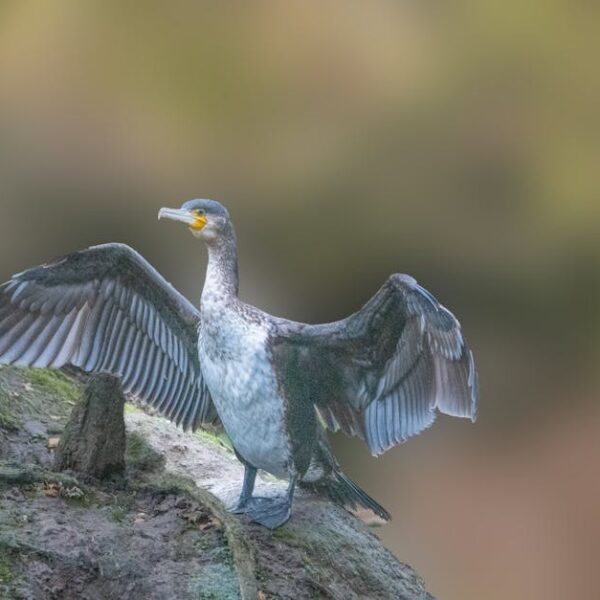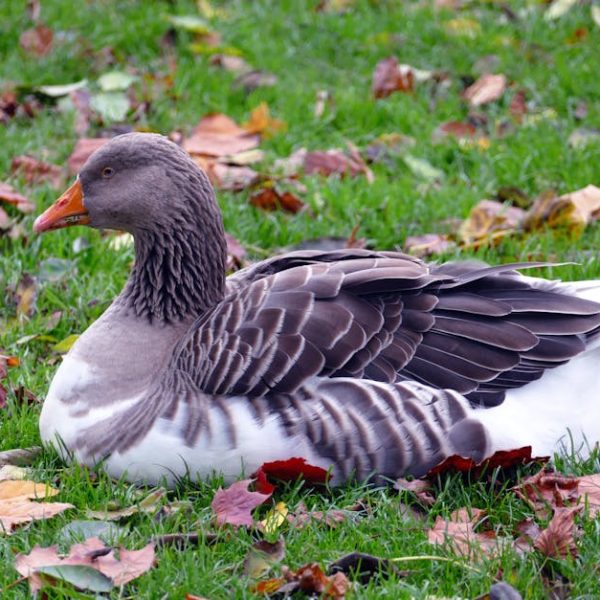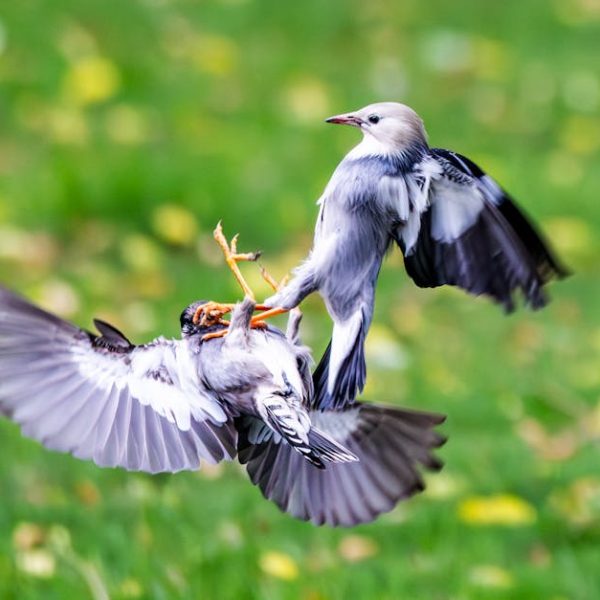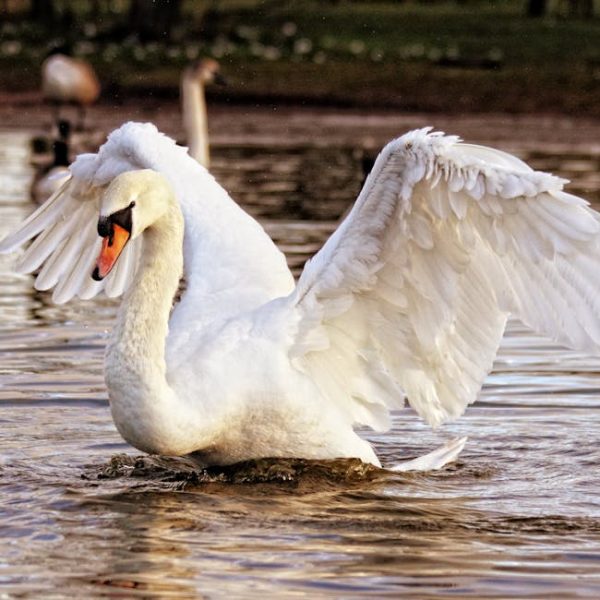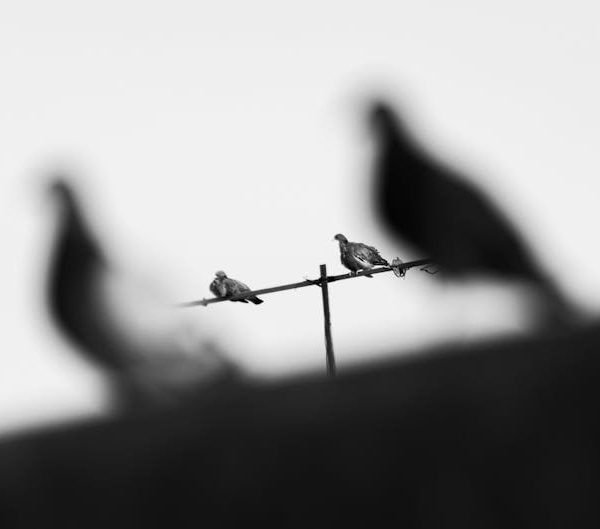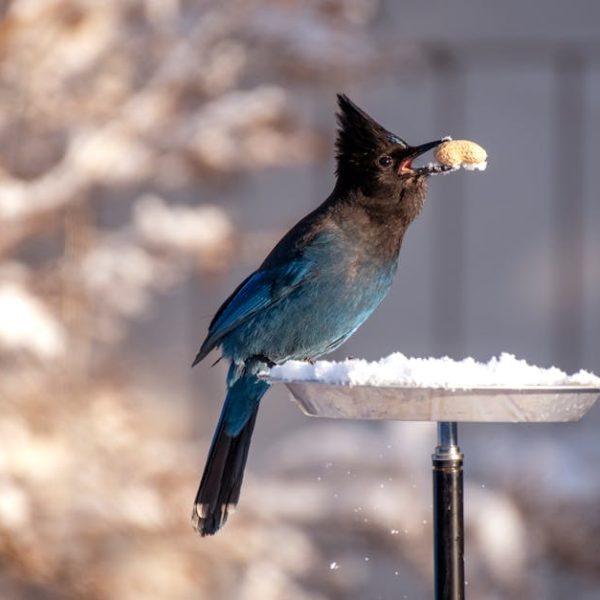As dawn breaks, birds launch themselves into a flurry of activities not too dissimilar to our own morning routines. This usually starts with an enthusiastic chorus of bird songs that greets the sunrise. Far from a random burst of morning jollity, this has been aptly termed the ‘dawn chorus’ and serves as a platform for birds to define territories or attract potential mates.
As daylight strengthens, birds start foraging. Just as breakfast is considered the most important meal of the day in our regimen, birds, too, rely heavily on their early morning feast. This meal gives birds the energy to sustain the rest of their daytime activities and is typically a busy time at your local bird feeder.
Self-care is another vital part of a bird’s dawn routine. Birds can often be spotted meticulously cleaning and grooming their plumage. This ‘preening’ has the dual purpose of keeping their feathers in top functional form and enhancing their appearance for attracting a mate.
✴ Pro Tip: Attract more species to your garden by placing a bird feeder and fresh water bath. Pest-free garden spaces and native plants can further make your backyard attractive for morning visitors.
While we may munch on lunches or take work breaks, birds keep themselves busy. Building and repairing nests, interacting with partner birds or flock members, and keeping constantly aware of predators’ presence are recurring items in a bird’s to-do list. These activities change as the day progresses, with a lower frequency in the lunch hours when the heat peaks, and a rise again towards the cooler hours of the late afternoon.
✔ Best Practice: Cultivate a bird-friendly environment by providing nesting materials, installing birdhouses and keeping feeders clean and stocked. Using less harsh chemicals for gardening also helps in maintaining their natural habitat.
Is it all work, no sleep for birds during the day? Interestingly, birds do take what can equivalently be called ‘naps’. This could involve ‘perching sleep’, where they nap while perched on a tree, or ‘half-brain sleep’, where one half of the bird’s brain sleeps while the other half stays awake to keep watch for predators. These short rest periods help conserve energy while concurrently ensuring safety.
✔ Checklist: Observe for signs of a bird taking a nap, such as staying still in one place, head tucked under wing, and eyelids drooping.
As dusk nears, birds engage in a series of end-of-day tasks. Their evening routine involves gathering the last meal of the day, returning back to their nests, and a final round of grooming. Comparatively, these tasks are more subdued and quieter than their morning activities, indicating a gradual wind-down for birds.
Comparison: Morning vs Evening Routine
| Morning Routine | Evening Routine |
|---|---|
| Alert and dynamic after a good night’s sleep | Slow and winding down after a day’s worth of activities |
| Enthusiastic singing, vibrant interaction | Marked decrease in vocalizations and interactions |
| Foraging for food aggressively | Mild foraging, mainly to satiate immediate hunger |
| Involved grooming and self-care | Light grooming |
Nocturnal Birds: The Night Owls
The nocturnal birds have a complete shift in routine. As night descends, these creatures spring into action. Unlike their diurnal counterparts, they use the cover of darkness to carry out activities like hunting, making mating calls, building nests, or guarding territory.
The owl is a classic example of a nocturnal bird, its iconic ‘hoot’ often a part of the nighttime chorus. But it’s not alone, other birds like nightjars, kiwis, and some species of swifts, and sparrows are also night adventurers.
Pros and Cons: Habitat Selection for Nocturnal Birds
| Pros | Cons |
|---|---|
| Decreased competition for resources during the night | Limited visibility can make navigation and hunting difficult |
| Nocturnal predators often have enhanced senses such as hearing or night vision to compensate for the darkness | Adapting to a nightlife can mean a bird species becomes more specialized, limiting their adaptability to changing environments |
| Relative safety from diurnal predators | Nocturnal life can disrupt normal sleep patterns, which may affect health and longevity |
In essence, understanding birds’ daily routines gives us a fascinating insight into their behavior and survival strategies. Whether it’s the morning chatter, the midday activities, or the tranquility of their evening routine, there’s much to learn and admire about these winged wonders.
Key Takeaway:
- Birds’ morning routine includes singing to define territories or attract mates, foraging for food, and preening their feathers.
- During the day, birds keep busy with tasks such as nest building, interaction with their flock, and constant alertness for predators.
- Birds do take naps or rest during the day through perching sleep or half-brain sleep.
- Evening routine for birds includes a final round of foraging, returning to their nests, and grooming.
- Nocturnal birds shift their routines to night-time activities such as hunting, mating calls, and territory guarding.
Birds lead engaging and complex lives, just like us. They balance work, rest, and play effectively within their daily routine. By understanding their patterns, we can foster a more compatible and enriching environment for these feathered friends. It’s our responsibility as stewards of nature to ensure a safe and inviting habitat for them.
FAQs
Q: What can I do to make my backyard more attractive to birds?
A: You can install birdhouses, keep a fresh water bath, maintain a pest-free garden, and plant native species to attract more birds to your backyard.
Q: What is the purpose of birds singing in the morning?
A: Birds often sing in the morning to define their territories or attract potential mates. This is known as the ‘dawn chorus’.
Q: What is ‘perching sleep’?
A: ‘Perching sleep’ is a resting period where birds take naps while perched on a tree. This helps them conserve energy while staying alert for predators.
Q: How do birds’ evening routines differ from their morning routines?
A: Birds’ evening routines are more subdued and quieter, with tasks marking the end of their active day such as final round of foraging, returning to nests and grooming.
Q: How do nocturnal birds adapt to their nightlife?
A: Nocturnal birds often have enhanced senses such as hearing or night vision to compensate for the darkness.
Feel free to share this article and explore more posts on our website to broaden your knowledge about nature’s fascinating creatures.
